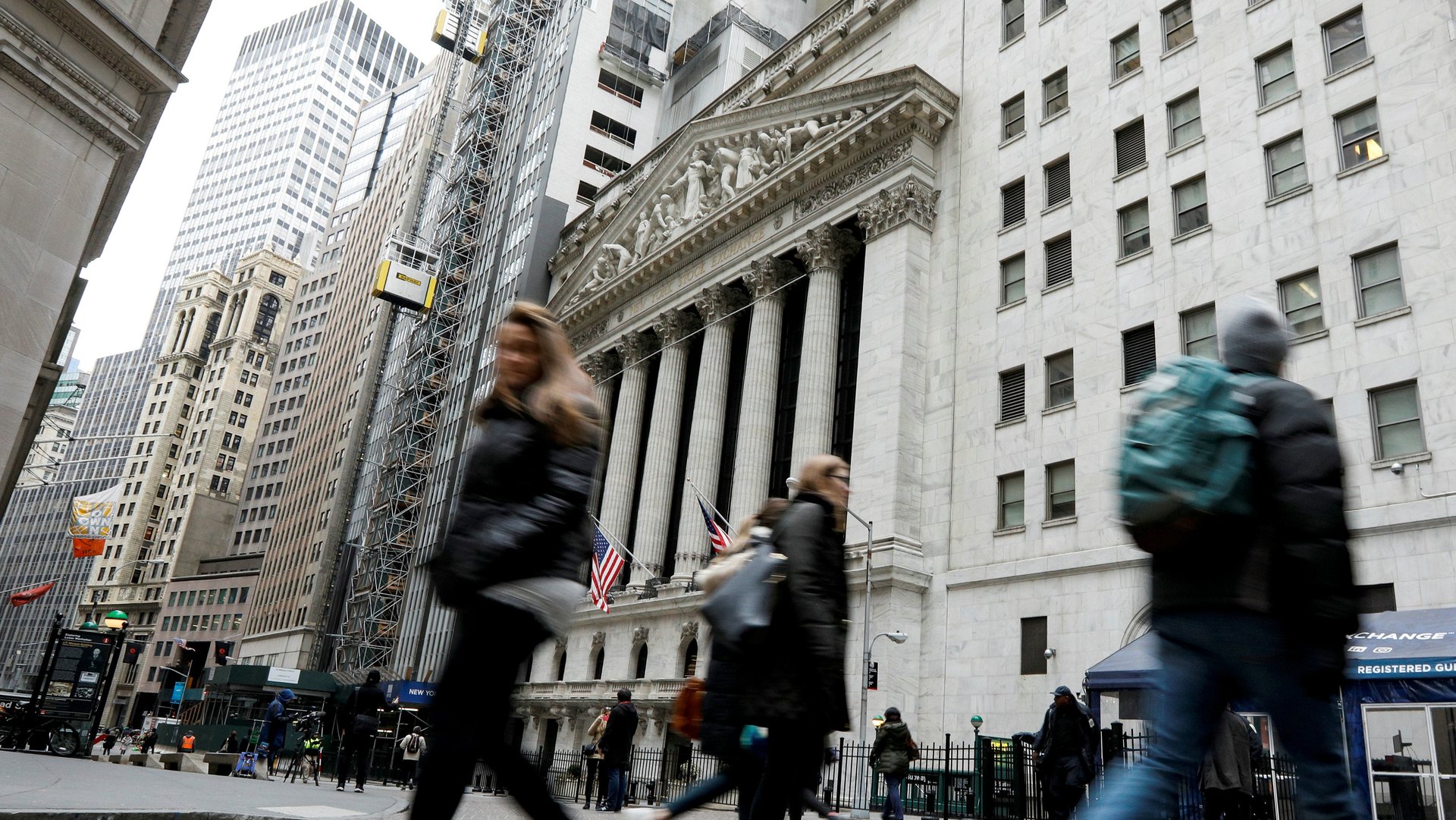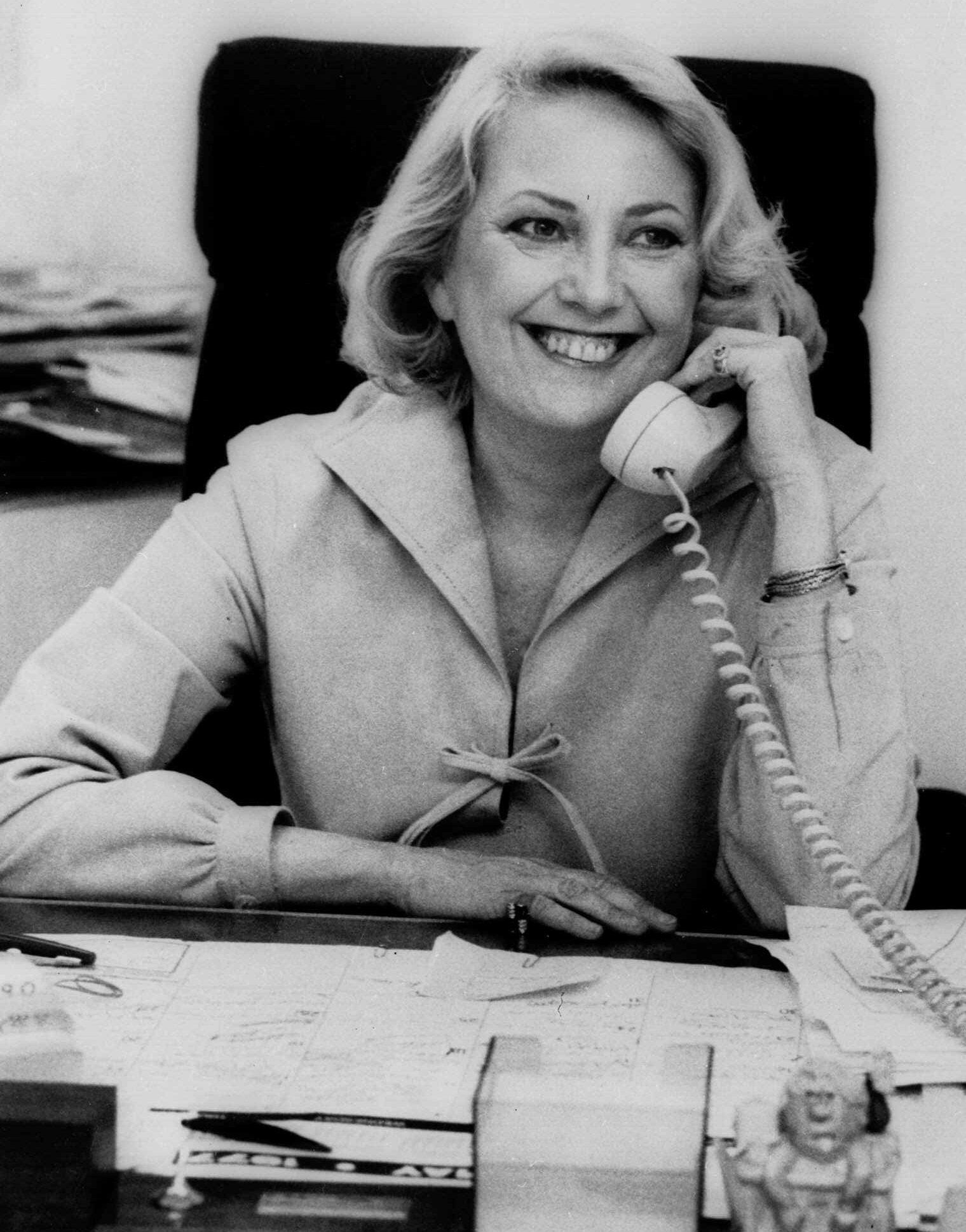Fifty years after a woman first joined the New York Stock Exchange, it finally has its first female president
The New York Stock Exchange, which has roots that go back two centuries, will soon get its first female president when Stacey Cunningham takes the role. The chief operating officer’s promotion to the top job puts her in the same league as Nasdaq CEO Adena Friedman, meaning two of the biggest and highest-profile US stock exchanges will be run by women.


The New York Stock Exchange, which has roots that go back two centuries, will soon get its first female president when Stacey Cunningham takes the role. The chief operating officer’s promotion to the top job puts her in the same league as Nasdaq CEO Adena Friedman, meaning two of the biggest and highest-profile US stock exchanges will be run by women.
Cunningham’s appointment highlights how the iconic exchange, now owned by Intercontinental Exchange, has changed since 1967, the year Muriel Siebert became the first woman to get a seat for trading on the stock exchange floor. It took her 10 tries—the first nine men she asked to sponsor her application turned her down, according to a New York Times obituary about Siebert, who died in 2013 at age 84.
“I have to give Muriel props, because she had a profound impact on my life personally,” Cunningham said in a March interview with TheStreet. Cunningham started her career on the NYSE trading floor as a specialist for Bank of America Securities. “I was a woman trader on the floor and I never thought about it,” she said. “I never thought for a moment whether or not that could happen.”
It was much different when Siebert was trying to get her break on Wall Street. The exchange operator told her that a seat would cost $445,000 and a bank would have to lend her $300,000, something it hadn’t ever required. It took two years for a bank, Chase Manhattan, to agree to a loan. Yet for a decade, Siebert remained, to her dismay, the only woman elected to the exchange. “It was 1,365 men and me,” she said, according to the Times.

Siebert got her stock exchange seat in 1967, but it took another 20 years for women to have a restroom on NYSE’s seventh floor, where the lunch club was located. She got one installed by threatening to have a portable toilet brought up if the chairman didn’t provide one.
Years later, when Cunningham joined the exchange, the seventh-floor women’s restroom was still inside an old phone booth, according to the Wall Street Journal (paywall), which first reported her appointment. Men, meanwhile, enjoyed a restroom with couches and a full-time bathroom attendant. These days, the bathrooms are equivalent to each other, the newspaper reported.
“Stacey is a fierce competitor, an absolute professional and a profoundly well-qualified executive,” said Chris Concannon, president and COO at exchange operator Cboe. Concannon and Cunningham previously worked together at Nasdaq. “I am delighted for her as she steps into this role.”
The financial industry remains heavily skewed toward men, however: In the UK, where companies are required to report gender pay ratios, the median pay gap at the 10 top investment banks is just under 30% (paywall). At the London Stock Exchange, the median wage for women is 9% lower than men’s. A big reason for these disparities is that far more men have high-paid senior roles than women.
In 1992, Siebert noted in a speech that greater numbers of women were coming to Wall Street, but they still weren’t making partner and getting into the executive suites. Decades later, progress still needs to be made. “We still struggle to get the more equal ratio of women in finance in general,” Cunningham told TheStreet earlier this year.